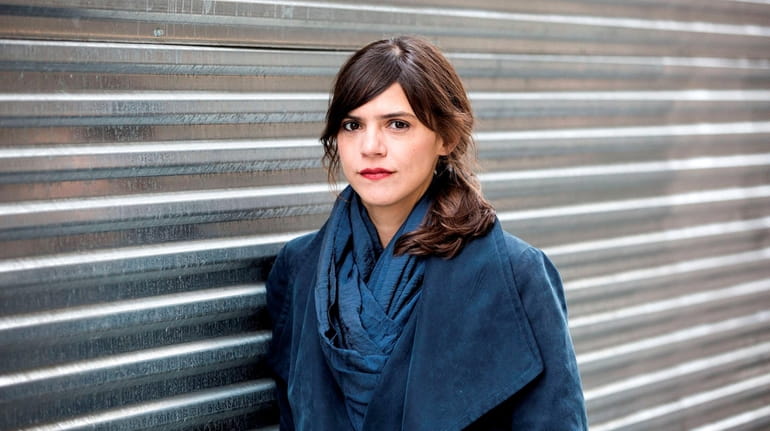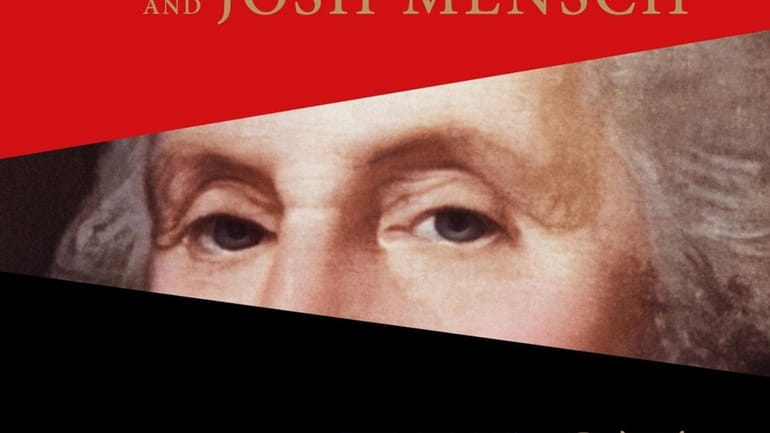'Lost Children Archive' review: Valeria Luiselli novel is chorus of voices from the refugee crisis

Valeria Luiselli, who taught at Hofstra, has a new novel, "Lost Children Archive," that deals with the border crisis. Credit: Gatopardo / Diego Berruecos
LOST CHILDREN ARCHIVE, by Valeria Luiselli. Alfred A. Knopf, 383 pp., $27.95.
Those who read Valeria Luiselli’s 2017 book, “Tell Me How It Ends: An Essay in 99 Questions,” might feel a sense of déjà vu while reading her new novel, “Lost Children Archive.” In “Tell Me How It Ends,” Luiselli, then an assistant professor at Hofstra University, volunteered as an interpreter at an immigration court during the refugee crisis of 2013 and 2014. She struggled to find a narrative form that could tell the story of the individuals caught up in that crisis.
For Luiselli, the key was constant reiteration and variation, “in many different words and from many different angles,” she wrote. Luiselli’s new novel, “Lost Children Archive,” continues her search for a form that will do justice to the story of refugee children, combining the American road trip novel with a remarkable erudition.
The novel’s unnamed narrator is a radio journalist living in New York City with her emotionally frigid husband and their precocious children, a 6-year-old daughter and 10-year-old son. She encounters an indigenous Mixtec woman whose voice she wants to record for a project. The woman consents, but with one stipulation. “She had two older daughters … who had just arrived in the country, crossing the border on foot, and were being held in a detention center in Texas,” the narrator recalls. The Mixtec woman will lend our protagonist her voice, but in exchange the protagonist must translate the migrant children’s documents from Spanish into English.
The narrator’s interest in these girls’ plight becomes an obsession with the history that produced their situation. She plans a radio story that extends “from the court of immigration in New York …[to] the southern borderlands” and situates the crisis in the history of a “hemispheric war” stretching back to our nation’s origins. Her husband plans his own sound project on the Apache nation, and the family sets out on a journey to the southwest.
As her marriage disintegrates, the narrator immerses herself in the stories of refugee children. This immersion creates a new kind of intimacy within the family, as the refugees' plight insinuates itself into their lives. Identities begin to meld into one another: the narrator’s children re-enact the refugee children’s journey north. She theorizes that her “children’s backseat … re-enactments were maybe the only way to really tell the story of the lost children.”
Luiselli’s writing possesses a restless intelligence that weaves disparate lives and cultures into a map of the world. “Lost Children Archive” eschews linear narrative, proceeding through anecdotes that gather a dizzying array of voices including Susan Sontag, Kendrick Lamar, Marguerite Duras and a fictional Italian author named Ella Camposanto, whose “Elegies for Lost Children” provides the narrator a storytelling model.
Late in the book, we encounter an archive of the narrator’s photos and notes, a photo of homeless children in 19th century New York boarding a train out of the city, a picture of defeated Apache chief Geronimo being placed on a train to Florida. We’re allowed to construct the links between those orphaned children, Native American genocide and contemporary migrant children who ride the infamous “Train of Death” to reach the United States.
"Lost Children Archive" builds into a stunning structure of allusion and metaphor and encourages us to think about how fiction reveals links between people as disparate as New York journalists and Central American refugees. Sometimes, though, Luiselli’s ideas ride a bit too close to the surface. The anecdotes have titles like “Map” and “Reverberations,” and the narrator makes statements on the power of storytelling to arrange "all the chaos around us into a world." Sometimes she fumes at how “our ways of documenting the world have fallen short.” Still, when this novel allows us to hear its notes ourselves, the music its ensemble of voices creates is beautiful.

